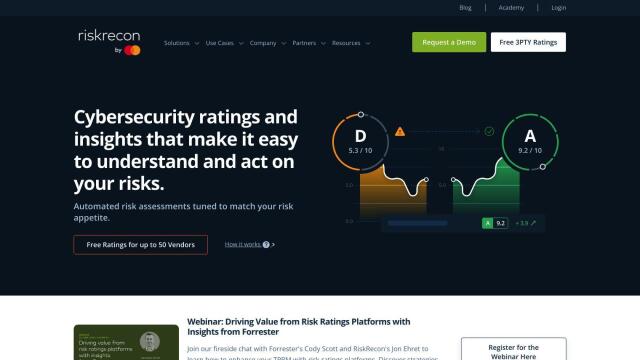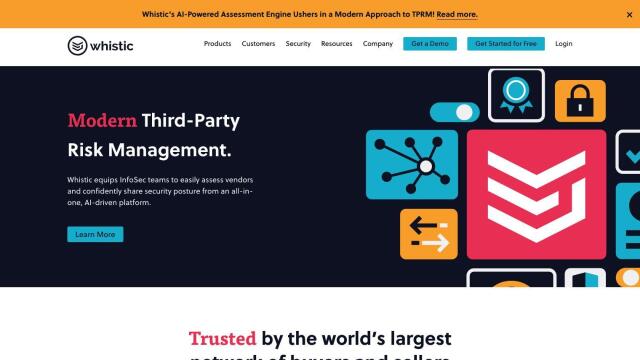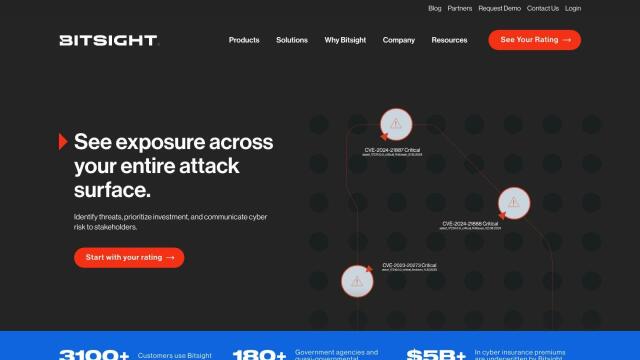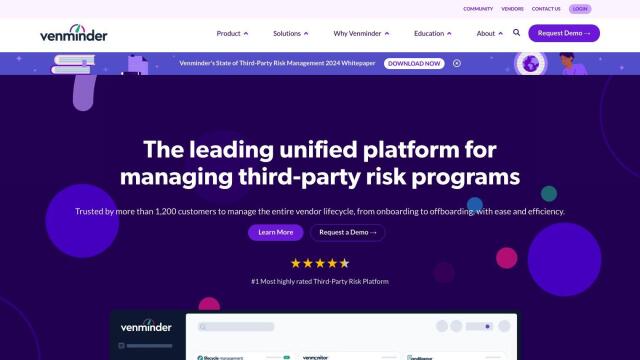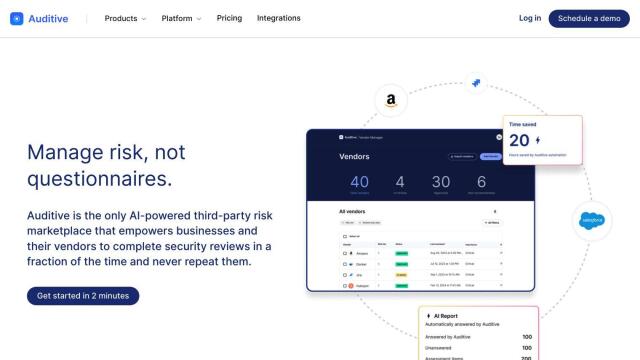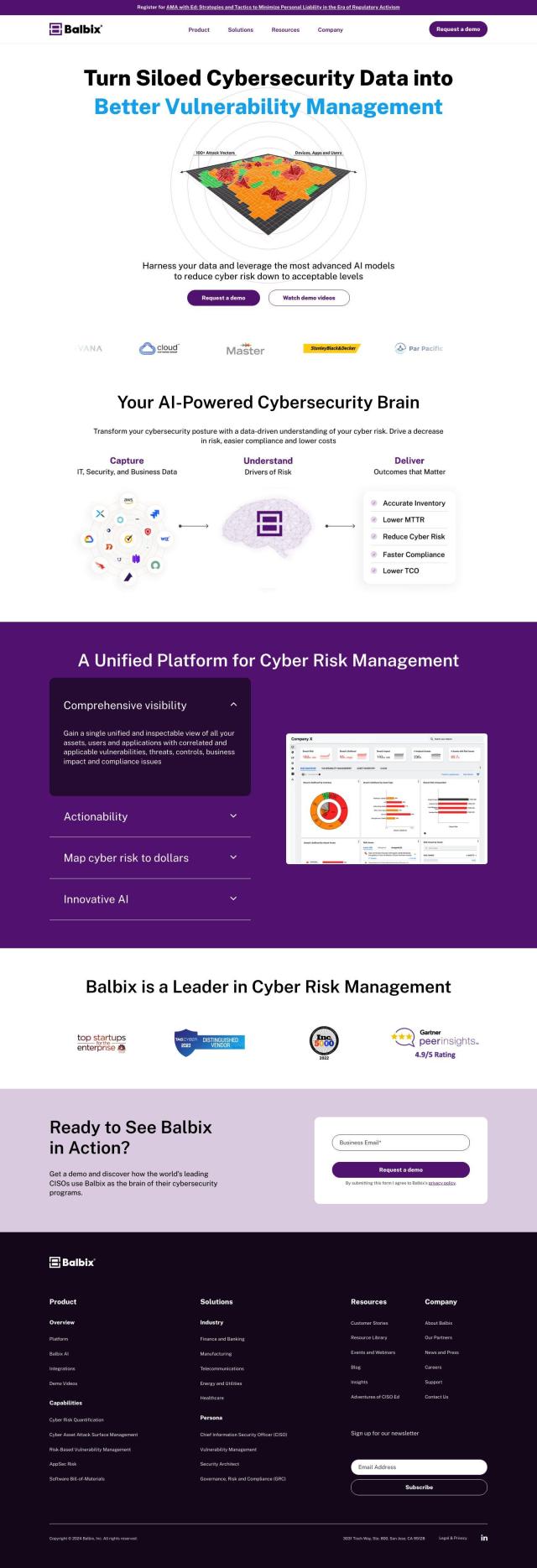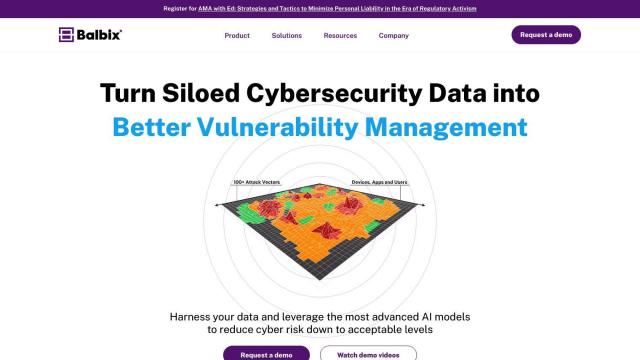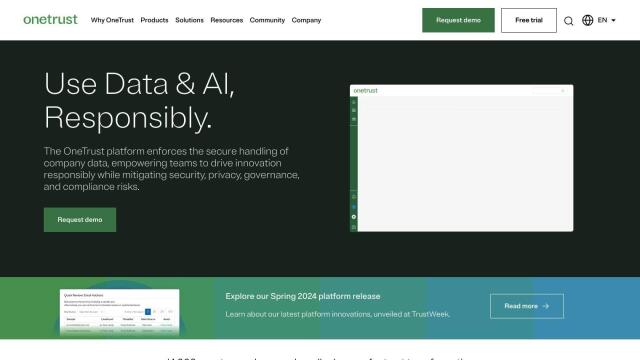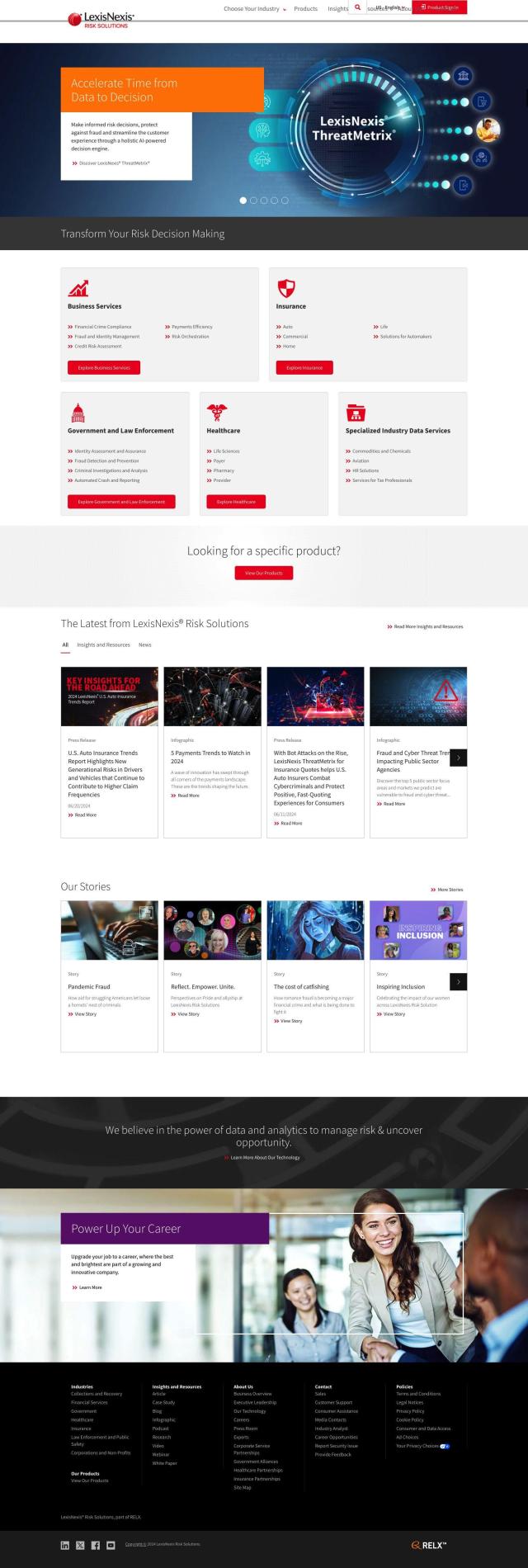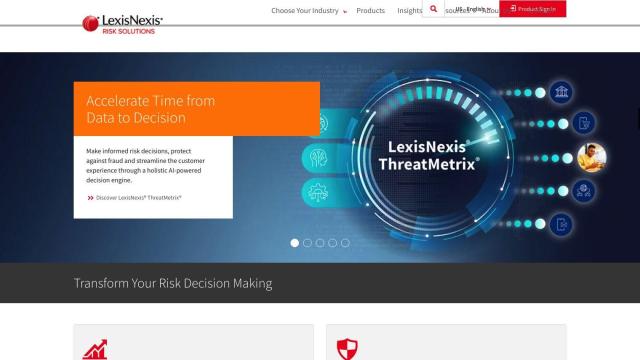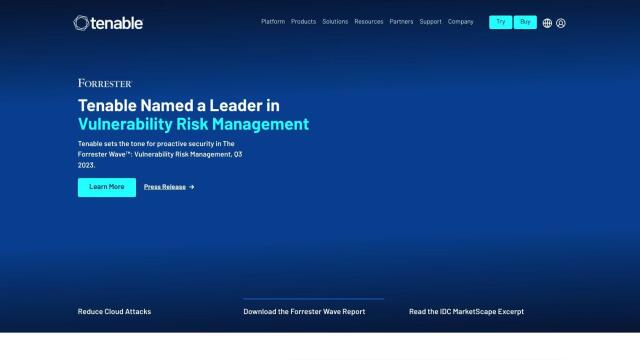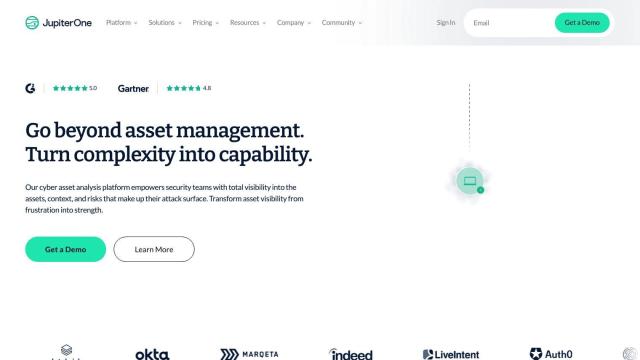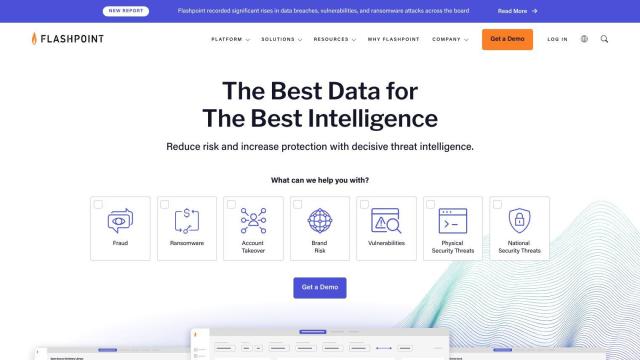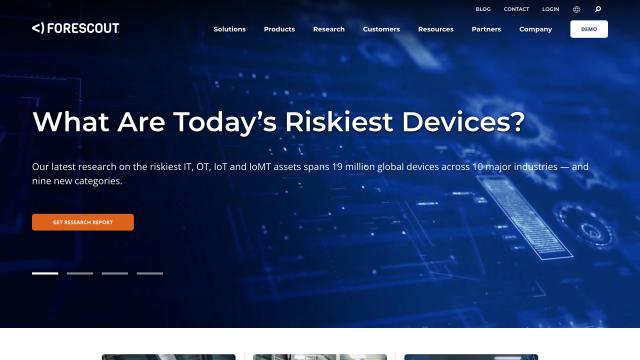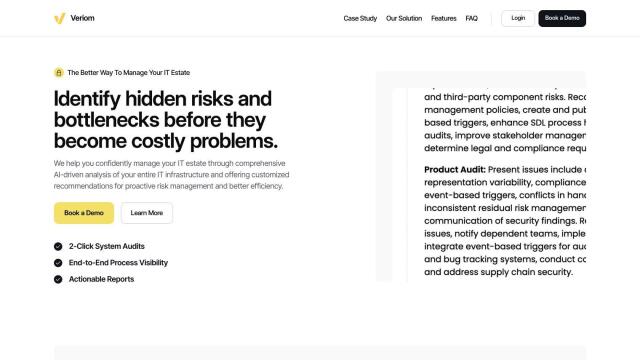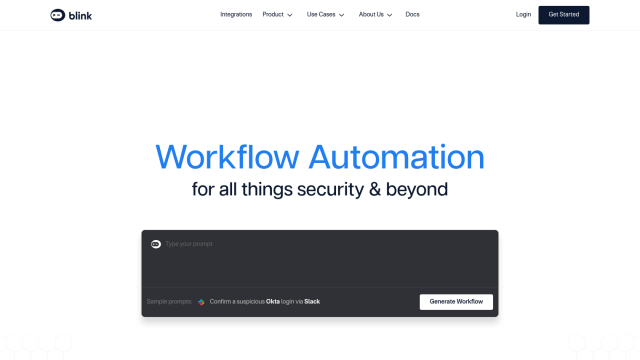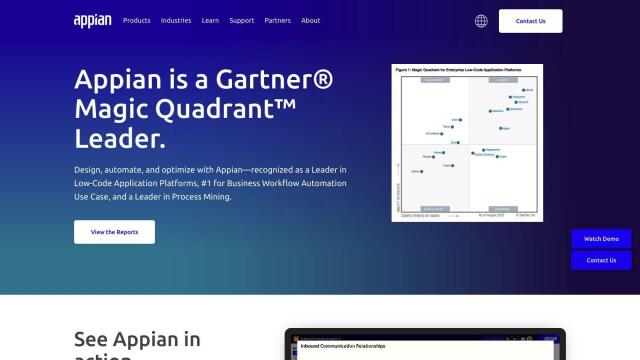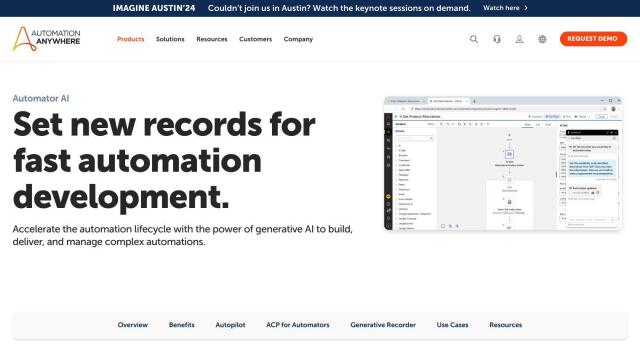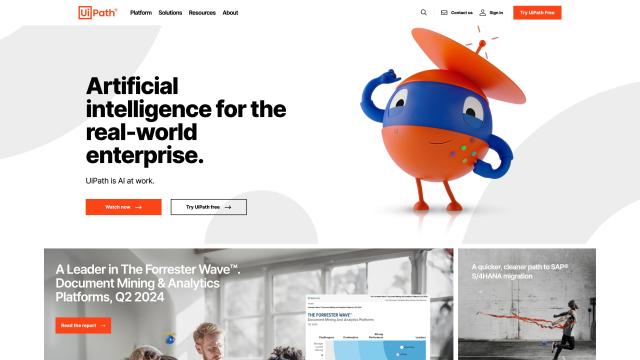Question: Is there a tool that can help me streamline risk management processes and eliminate manual workflows?

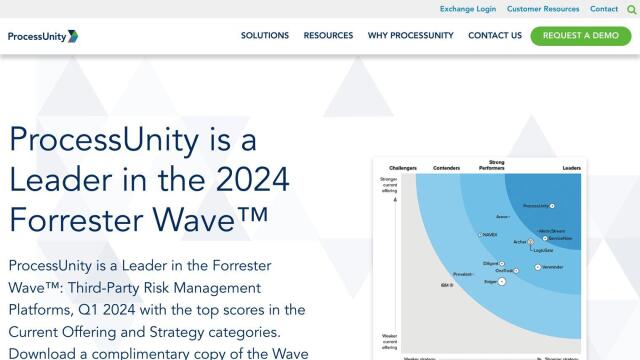
ProcessUnity
If you're looking for a more mature risk management process and want to automate as much as possible, ProcessUnity is a good option. This platform handles the entire risk lifecycle, from onboarding to continuous monitoring, and offers a highly customizable workflow platform for TPRM automation. It also comes with advanced AI-powered tools, a Universal Data Core for centralizing risk data, and a Global Risk Exchange with a large library of pre-validated risk assessments. ProcessUnity can handle vendor onboarding, assessments and monitoring, so it's a good option for third-party risk management.

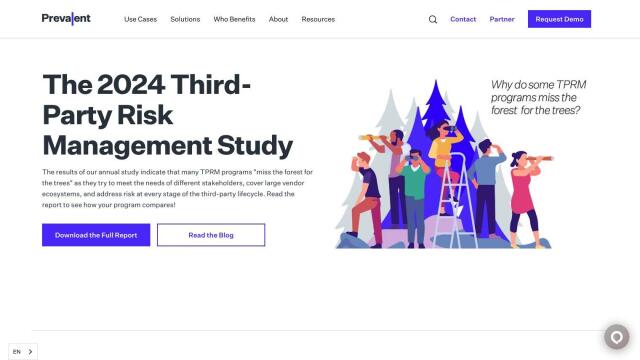
Prevalent
Another good option is Prevalent, which uses AI and automation to identify and mitigate security risks from vendors and suppliers. The platform offers a single view of risk assessment and monitoring, covering a range of use cases including third-party risk management, IT vendor risk management and supplier risk management. Prevalent offers AI-powered tools, due diligence collection and analysis, and contextual risk reporting, so teams don't have to spend time on manual risk assessment and analysis.

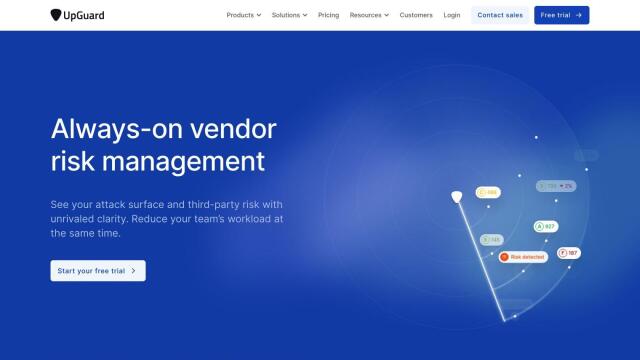
UpGuard
UpGuard is also a good option for a third-party risk and attack surface management platform. It offers continuous monitoring of third-party security postures, real-time scanning and end-to-end workflows. UpGuard's interface is designed to be easy to use, automating risk detection and providing real-time insights and reporting so you can communicate with stakeholders and manage risk.

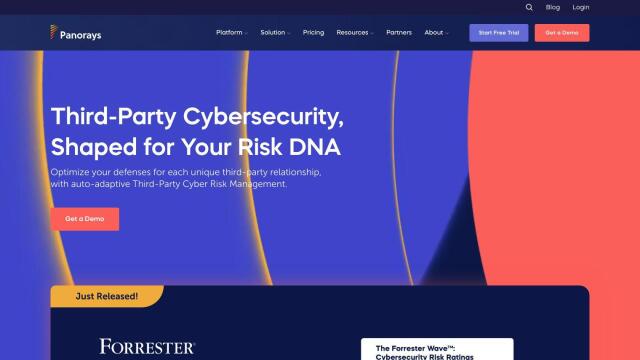
Panorays
If you're looking for a platform that's geared more toward continuous supply chain detection and monitoring, Panorays offers a third-party cyber risk management platform. It assigns real-time Risk DNA ratings to third-party connections, helping each relationship move toward the best possible security posture. Panorays features include actionable threat alerts, vendor self-guiding plans and AI-powered risk assessments. It automates third-party questionnaires and has a 99.8% risk rating accuracy.

